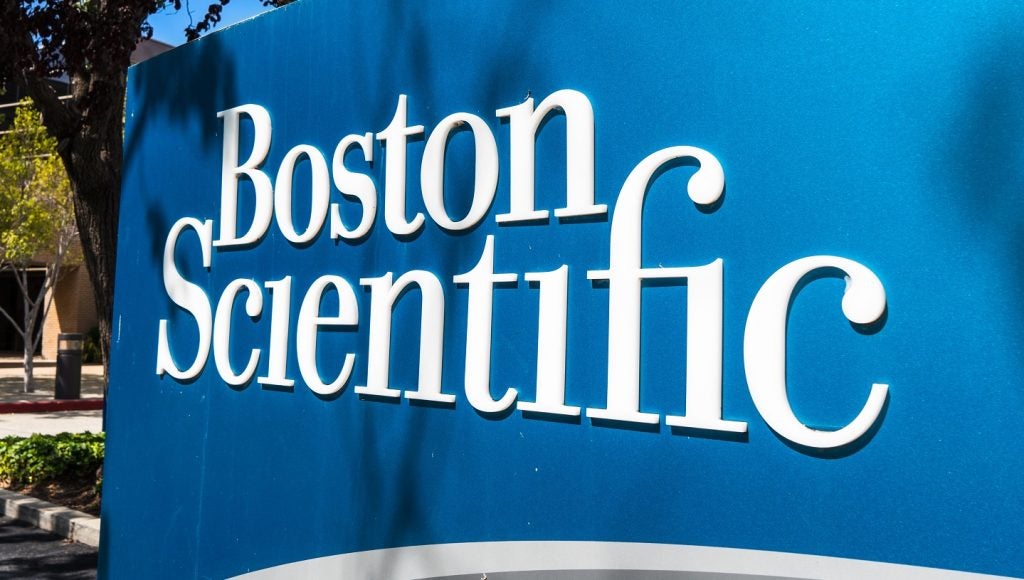
A ventricular assist device (VAD) is a mechanical support, attached to the native heart and vessels to assist the cardiac functioning in patients with heart failure. Ventricular assist devices are segmented as left ventricular assist devices, right ventricular assist devices, bi-ventricular assist devices and external ventricular assist devices.
VADs are typically used as a bridge-to-transplant, bridge-to-recovery and for the destination therapy. The VADs are also used for long term treatments in patients who are not candidates for transplant but have severe heart failure.
The VAD does not replace the heart but assists a weak heart to pump blood efficiently to the body. The blood flows from the ventricle into the implantable or external VAD pump. In cases where the left part of the heart has failed, a left ventricular assist device (LVAD) is used, which receives blood from the left ventricle and pumps it to the aorta.
A right ventricular device (RVAD) is used in patients with a right-sided heart failure. The RVAD receives blood from the right ventricle and delivers it to the pulmonary artery. In some cases, both the sides of the heart are weak in which case a bi-ventricular assist device (BIVAD) is used.
The global market for ventricular assist devices (VAD) is forecast to grow to more than $1 billion by 2017. Using detailed research from GlobalData we report on a market set for rapid growth as technological advancements allow VADs to become a viable treatment option for heart failure patients in the future.
How well do you really know your competitors?
Access the most comprehensive Company Profiles on the market, powered by GlobalData. Save hours of research. Gain competitive edge.

Thank you!
Your download email will arrive shortly
Not ready to buy yet? Download a free sample
We are confident about the unique quality of our Company Profiles. However, we want you to make the most beneficial decision for your business, so we offer a free sample that you can download by submitting the below form
By GlobalDataGlobal market for ventricular assist devices
The global market for ventricular assist devices (VAD) is forecast to grow from $500.3m in 2010 to more than $1 billion by 2017 with a compound annual growth rate (CAGR) of 11%. The market is expected to be driven by growing patient population and the growing demand for VADs for bridge to transplantation (BTT) and bridge to recovery therapies.
With the rapid technological advancements in this segment, VADs are expected to become a viable treatment option for heart failure patients in the future.
Ventricular assist devices market expected to be driven by significant patient population
The global prevalence of heart failure is significant and is expected to increase at a significant pace, driving growth in the global VAD market. Heart failure, also referred to as congestive heart failure, is a progressive disorder. It is a condition in which the heart is unable to supply enough blood to adequately meet the demands of the body.
Any damage to the heart also causes the weakening of the cardiovascular system. Due to this, blood does not move efficiently through the circulatory system and starts to back up, increasing the pressure in the blood vessels and forcing fluid from the blood vessels into body tissues.
Congestive heart failure can affect the body in many ways. It leads to fluid congestion in various organs of the body resulting in edema in those organs, making them unable to perform their functions normally. The disease also manifests by inadequate blood flow to various tissues and organs such as the kidneys and intestines.
According to the American Heart Association, it is estimated that in 2010, globally more than 23 million people had heart failure.
Heart failure is more predominant in people above 75 years of age. An aging population would indicate an increase in the heart failure disease population. Moreover, the increasing prevalence of other risk factors such as hypertension, diabetes, obesity and coronary artery disease are also expected to contribute to the increase in disease population.
Left ventricular assist devices is key segment driving growth
The left ventricular assist devices (LVAD) market contributes significantly to the total VAD market. It was valued at $363.3m in 2010 and is forecast to grow at a CAGR of 13% to reach $870.3m by 2017. This segment accounts for about 73% of the $500.3m revenues of the global VAD market.
The LVADs are used in the Bridge-to-Transplantation (BTT), destination therapy and bridge to recovery. This has led to the increasing demand for the LVADs thereby causing market growth. The disease population for left sided heart failure is also higher which further increases the demand for LVADs.
The US is the Biggest Market for Ventricular Assist Devices
The US VAD market was valued at $306.2m in 2010 and is expected to reach $725.8m by 2017 with a CAGR of 13%.
The US accounts for 61% of the global VAD market which was $500.3m in 2010.
The US market for VADs is driven by patient awareness and increasing disease prevalence.
The other drivers behind such growth include the recommendations by various medical associations and clinical trials, such as the randomized evaluation of mechanical assistance for the treatment of congestive heart failure (REMATCH), which encourage the use of VADs as long term treatments for advanced-stage heart failure.
Thoratec is the leading player in the global ventricular assist devices market
Ventricular assist devices market, global, company share (%), 2010
In 2010, Thoratec with 73% share was the dominant player in the global VAD market. Thoratec’s market dominance can be attributed to its broad product portfolio in the VAD segment and other mechanical support devices to treat the full range of clinical needs for advanced heart failure patients. In addition, it has strong brand recognition in the market which gives the company a competitive edge over other VAD manufacturers.
Other companies in the global VAD market include HeartWare International, Berlin Heart GmbH, MicroMed Cardiovascular, Jarvik, Terumo Heart and ABIOMED.
More details on the full GlobalData report.
GlobalData is an industry analysis specialist company providing business information products and services. Its highly qualified team of analysts, researchers, and solution consultants use proprietary data sources, and various tools and techniques to gather, analyse and represent the latest and the most reliable information essential for businesses to sustain a competitive edge. For further details, visit: http://www.globaldata.com/reportstore/





